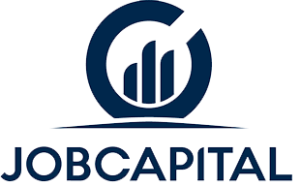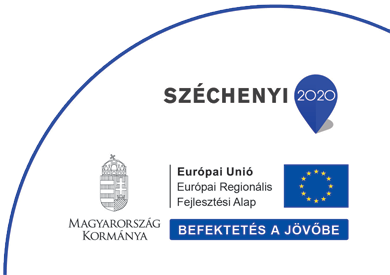Digital Detox in the Office: How to disconnect so you can truly connect
In modern work life, the biggest challenge isn’t deadlines or tasks. It’s sustaining attention. The constant presence of digital devices both helps and overwhelms us. That’s why it’s vital to consciously “switch off” from time to time, so we can genuinely reconnect with our work, colleagues, and ourselves.
This is digital detox. Let’s not just talk about it. Let’s practice it.
What is digital detox?
Digital detox means intentionally pausing the use of digital devices. It doesn’t mean completely abandoning technology instead, it’s about taking breaks because we’ve realized excessive digital overload reduces creativity, increases stress, and distracts us from what matters.
It doesn’t require big gestures. A digital detox can be:
- A 5-minute device‑free break
- A meeting where no screens are allowed
The goal is to shift from “I’m always reachable” to “I’m here now, fully present.” That’s the foundation of effective, human‑centered work.
Why does digital detox matter at work?
Research shows that the average office worker is disrupted over 100 times a day by notifications and it takes about 23 minutes to return to full focus.
This isn’t just about productivity. It’s also about well‑being.
Continuous multitasking, pings, and pop‑up notifications lead to:
- Faster mental fatigue
- Diminished concentration
- Weaker interpersonal connections
- Higher risk of burnout
Digital detox isn’t extra luxury. It’s a conscious mental health strategy that supports both performance and workplace well‑being over time.
Best practices. How to do it well?
We draw inspiration from various global and local examples:
- Create offline zones in the office: spaces where devices aren’t allowed.
- Designate shared “offline times”, such as lunch or a weekly hour without devices.
- Enforce digital etiquette in meetings no multitasking allowed.
- Establish a digital protocol: define when and how internal communication happens and what response times to expect.
These aren’t restrictions. They’re frameworks that give freedom. Everyone senses when they need a screen‑free space.
How we detox at Jobcapital
At Jobcapital, we believe that deep focus and creative energy are assets worth protecting. That’s why we’ve introduced our own solutions:
- The “Szúszi Room”: A dimmable, quiet space for employees to retreat for 5–10 minutes. Just silence, calm, and a comfy chair. Perfect for a quick mental reset.
- A swing: Yes, a swing! It’s more than playful, it’s deliberate. Rhythmic movement stimulates cognition and inspiration. Located in the communal area, our swing is a built‑in “flow zone” where creativity comes naturally.
- The lounge area: Ideal for phone‑free conversations over coffee. Casual yet effective brainstorming often happens here. Spontaneous ideas emerge when the digital noise subsides.
- Office routines: Every day, a different colleague is responsible for simple tasks like unloading the dishwasher or watering plants. These 5–10 minute physical breaks intentionally disrupt screen time and foster mindfulness.
- Shared lunch: Lunch isn’t just eating. It’s a designated phone‑free zone. No chat, no notifications, just talking, laughing, eating. These 30 minutes refresh both body and mind and strengthen team dynamics.
Digital detox becomes effective only when it’s not a one-off campaign or a passing trend, but part of the workplace culture.
We believe digital tools serve us best when we know when they belong in our hands and when they deserve to be set aside.




